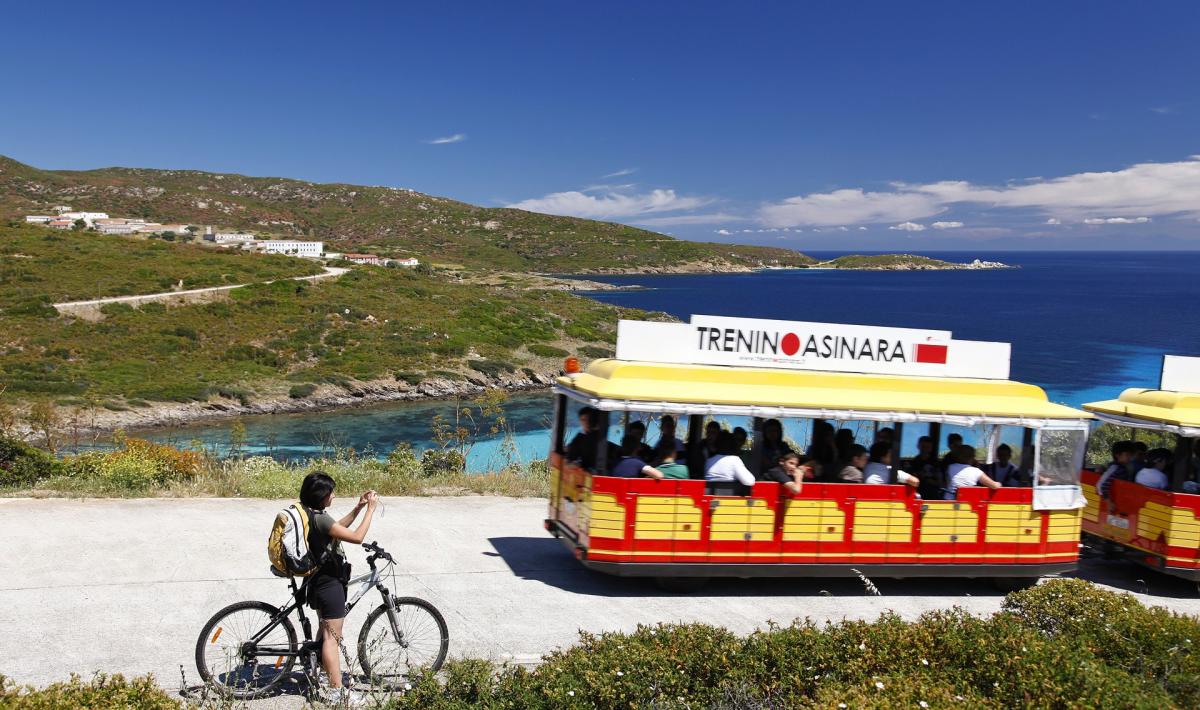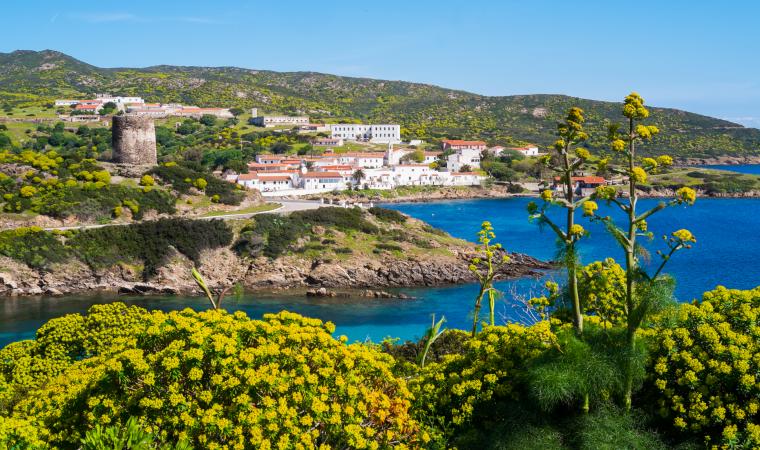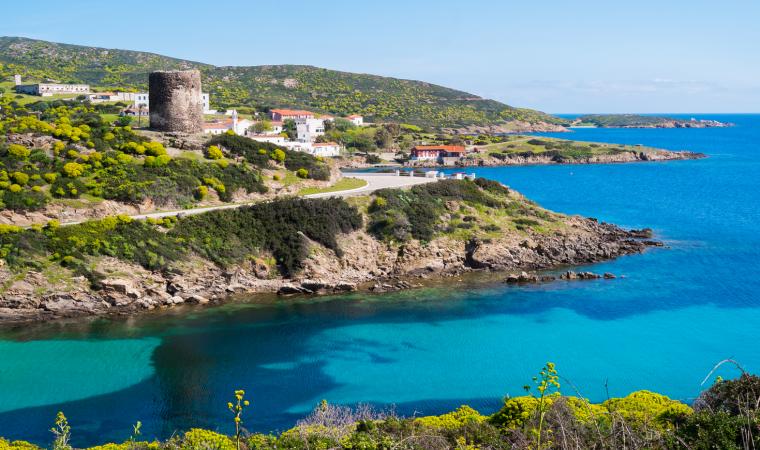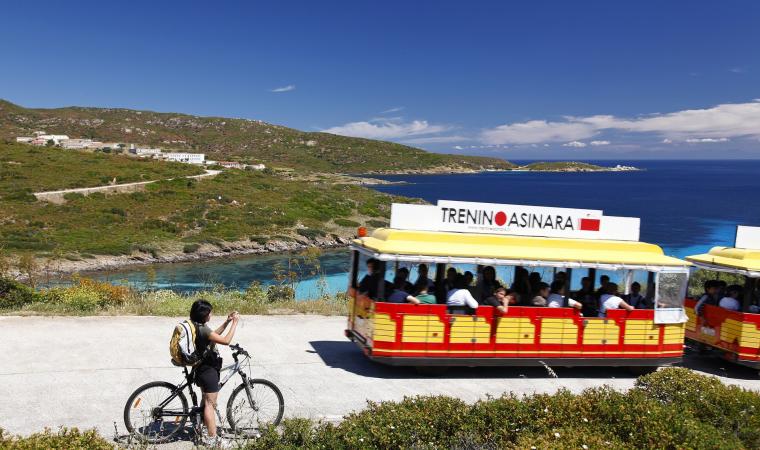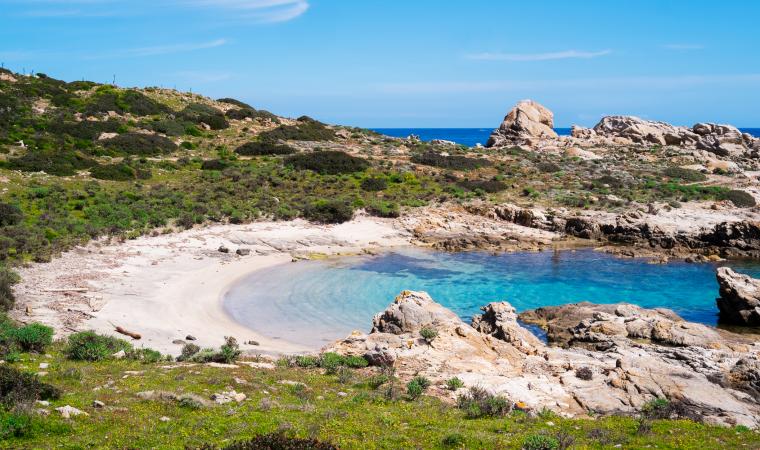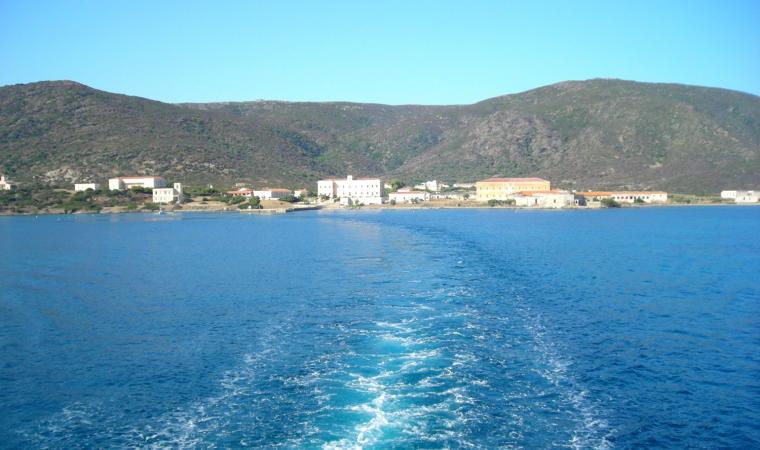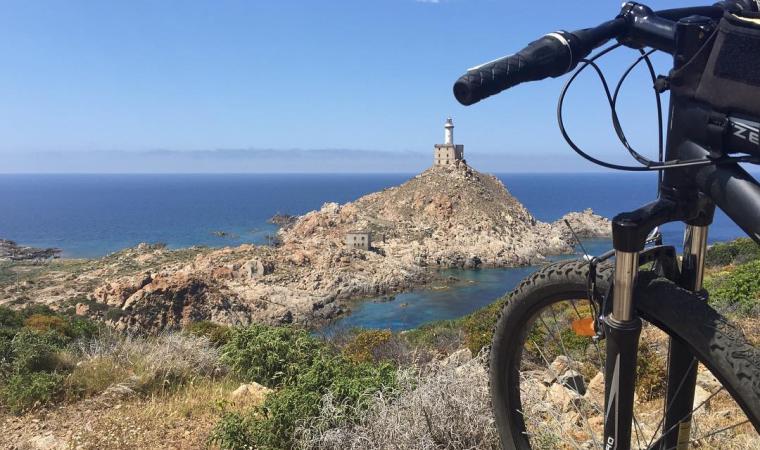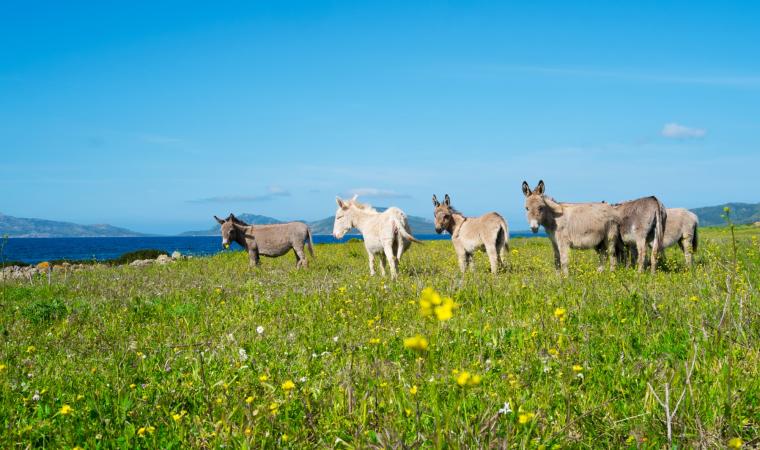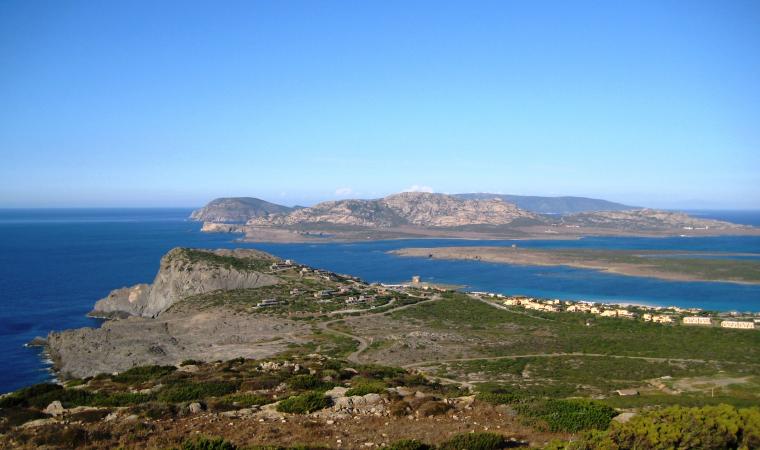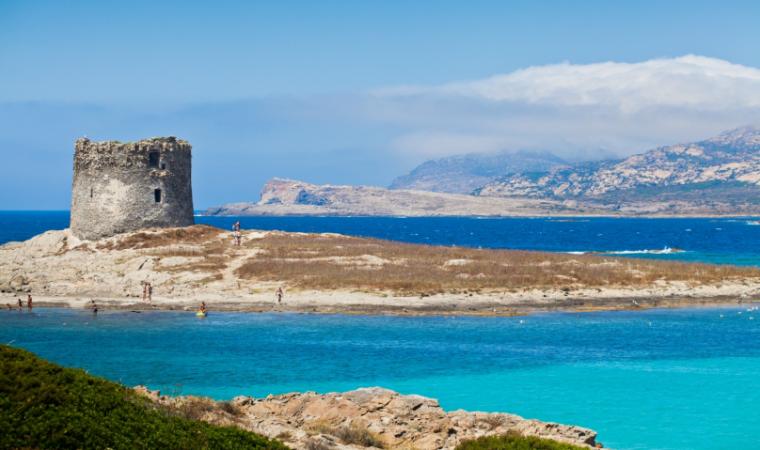The little village was inhabited by the future founders of Stintino until 1885, the year in which the penal colony was established. Since then, Cala d’Oliva no longer has any permanent residents. For a century, it was a maximum security prison: commanders, guards and their families lived in the village. It remained so until 1997, when Asinara became a national park. Today. the premises are the headquarters of the managing institution: the Botanical Observatory is located inside. The occasional inhabitants are seasonal workers, forest guards and visitors, in the only accommodation, a hostel - formerly the prison guards’ barracks - which accommodates 70 people, with a restaurant and bike rentals. Around Cala d'Oliva, there are two white sandy beaches: to the south sa Murighessa (or ‘dei Detenuti’, meaning of the Prisoners) and to the north, a small beach washed by a sea with light and dark blue waters. The seabed is full of trusting fish, in an environment where they feel safe.
The village is located in the northeastern part of the island, at the end of the 25 kilometres of road that crosses it. It appears after an enchanting stretch of coast, dominated by a 17th century Aragonese tower and characterised by the white of the ‘old’ low houses. They are separated by narrow streets: on the sides of the central street there are two rows of buildings that lead to the church square. You will also see buildings that were once an infirmary, school, pizzeria, bar, pantry for agricultural products, dairy, carpenter’s shop and a small cinema. Today it is deserted, but in good condition. At the back, in the upper part, stand the buildings of the former penal colony: a bunker for the most dangerous prisoners and the direction of the prison districts. From the centre, a downhill street leads to the marina. Here, and in another two landing places on the Asinara island, Cala Reale and Fornelli, authorised boats arrive from Stintino and Porto Torres. Another street ends at the guest quarters, which was the residence of the magistrates Falcone and Borsellino. A third road goes up to the central fork and carries on along on a dirt road up to the splendid Cala Sabina. Furthermore, from Cala d’Oliva, you can follow two paths: ‘del Leccio’ (of the Holm Oak), as far as the wood of Elighe Mannu, and ‘del Faro’ (of the Lighthouse), as far as Punta Scorno, the wild, extreme northern tip of the island.

